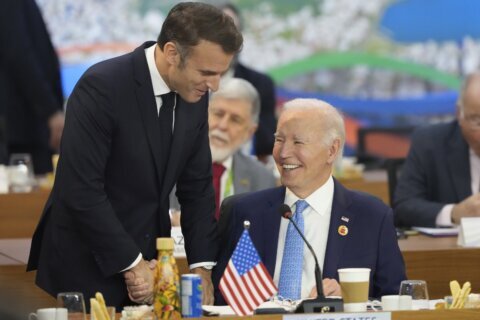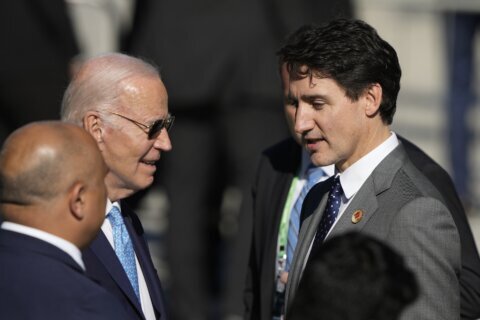BANGKOK (AP) — China’s exports rose 7% in July from a year earlier, below economists’ forecasts for growth closer to 10% as trade tensions and weakening growth in the United States and other major markets weighed on demand.
Chinese leaders have ramped up investment in manufacturing to rev up an economy that stalled during the pandemic and is still growing more slowly than hoped. But moves to tame inflation by raising interest rates have bit into consumer demand in affluent Western countries.
Imports climbed 7.2% to $215.9 billion, picking up momentum on stronger trade with other Asian countries that now supply many industrial components, materials and consumer products to China. Exports to the United States rose 2.4% year-on-year while shipments to Southeast Asian countries, now Beijing’s biggest trading partner overall, jumped 11%.
Exports totaled $300.6 billion in July, expanding at the slowest pace in three months and leaving a trade surplus for July of $84.7 billion. That was down from a record $99.1 billion the month before, but the surplus rose nearly 8% in January-July from the same period a year earlier.
During the first seven months of the year, China’s exports climbed 4% from a year earlier, while imports were up a lackluster 2.8% as growth in consumer demand remained muted.
Exports of IT products and computers rose sharply, as did imports of the components needed to make them.
“Thus, we doubt if the positive surprise in import growth could send a signal of strong domestic demand rebound,” economists at UBS said in a commentary.
China’s exports are forecast to weaken in coming months as sharp hikes in U.S. and European tariffs on electric vehicles take effect. As reports said freighters have been seen carrying big shipments of vehicles to European ports to try to beat those duties, exports of vehicles rose 18% in the first seven months of the year from the same period in 2023.
The rebound in imports in July is likely to take hold as the government moves to support consumer demand and revive China’s ailing property sector, according to Zichun Huang, China economist at Capital Economics.
“We expect import volumes to rise further in the coming months. The leadership appears more worried about the near-term outlook compared to a few months ago, and has signaled a step-up in fiscal spending. This is likely to boost construction activity, driving up demand for industrial commodities,” Huang said.
Copyright © 2024 The Associated Press. All rights reserved. This material may not be published, broadcast, written or redistributed.







